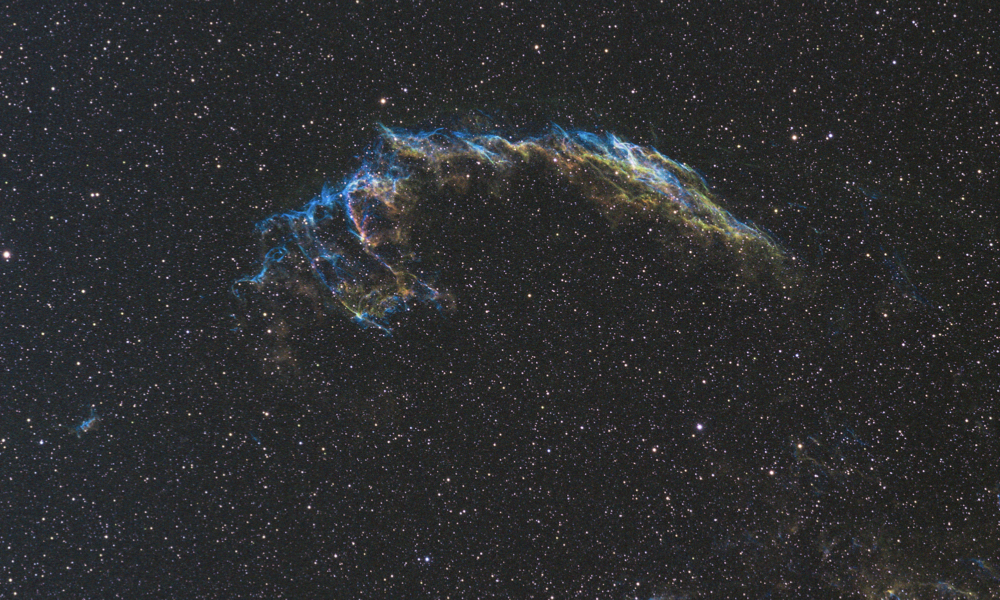
PROJECT TITLE: Advanced system for monitoring of mosquito-borne diseases in Romania by integration of space and in-situ data — MONDISROM
Coordinator: “Cantacuzino” National Institute of Research-Development for Microbiology and Immunology
Partners: S.C. ESRI ROMANIA S.R.L.
Period: 29 November 2013 – 28 November 2016
Project director: Dr. Gabriela Nicolescu
Project team:
- Cantacuzino Institute – specialists in epidemiology and control of mosquito-borne diseases:
- Dr. biol. Gabriela NICOLESCU – epidemiology, ecology and control of mosquito vectors
- Dr. biol. Alexandru VLADIMIRESCU – epidemiology, molecular techniques for identification of vectors and pathogens
- Dr. biol. Valeria PURCAREA-CIULACU – epidemiology, ecology, serology
- Dr. veterinarian Cristin COMAN – epidemiology, vertebrate hosts of mosquito-borne diseases
- ESRI Romania – specialists in space tehnologies
- Daniela SAIZU – manager
- Dr. Ionut SANDRIC – environmental modeling and remote sensing
- Dr. Zavate LUCIAN – GIS specialist
Description:
Romania – mosquito-borne diseases (MBD) – problems of public health:
- infections with West Nile virus (and other arboviruses);
- high risk of malaria re-emergence.
Increased risk of (re)-emergence and spreading of MBD because:
- present climatic changes and other environmental ones leading to –
- increased abundance and spreading of mosquito vectors
MONDISROM project – advanced improved system for prevention and control of MBD in Romania by integration of Earth observation by space technologies with in-situ epidemiological surveillance of these diseases.
Project objectives:
- To improve the obtaining of epidemiological data of MBD (by multidisciplinary in-situ investigations integrated with Earth observation by space technologies) for the better understanding of the spatial and temporal emergence and dynamics of these diseases.
- To develop a pre-operational service providing the (re)-emergence and spread models, the risk maps and preventive, early warning, surveillance and control strategies of MBD in Romania.
Activities:
- WP1 – Landscape, biotopes and habitats of the MBD
- WP2 – Earth observation and in-situ data regarding mosquito vector populations
- WP3 – Humans, animal reservoirs and hosts in the transmission cycles of MBD (EO and in situ data)
- WP4 – Integration of EO and in-situ epidemiological data for modeling and risk maps of MBD
Contributions to the STAR programme objectives:
- by introducing of space technologies in epidemiology of MBD-public health problems
- organizations involved will develop their capacity to participate in ESA programmes for application of space technology in different fields, such as heath, for the European population protection
Homepage:
